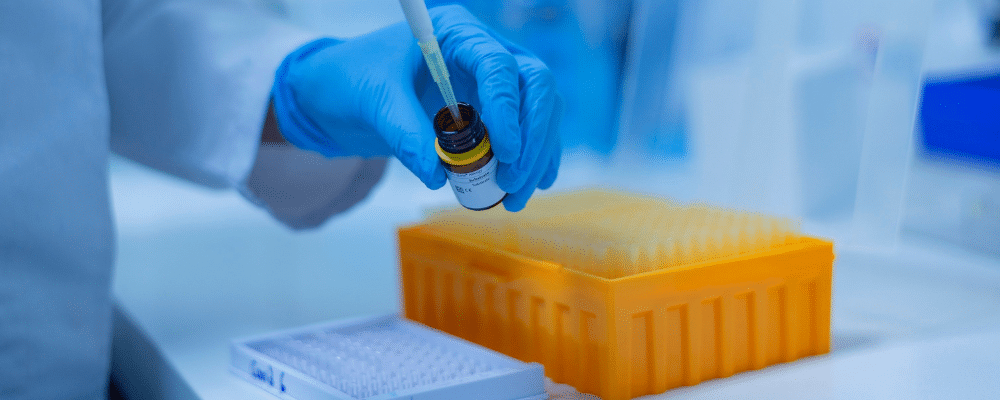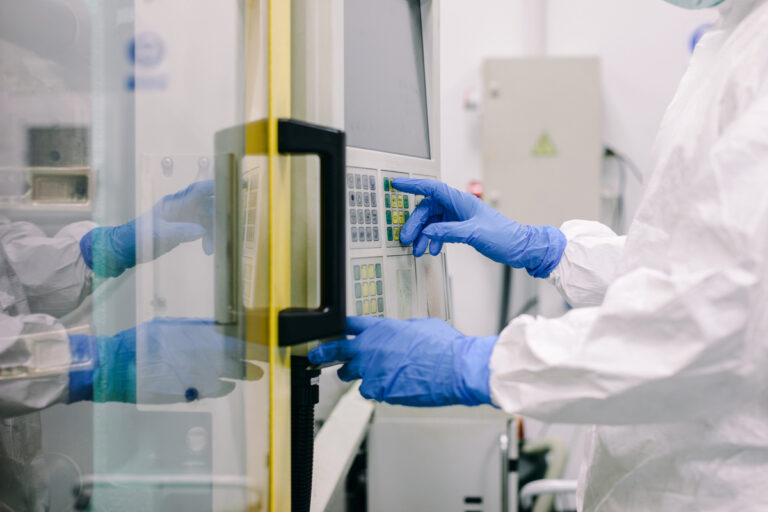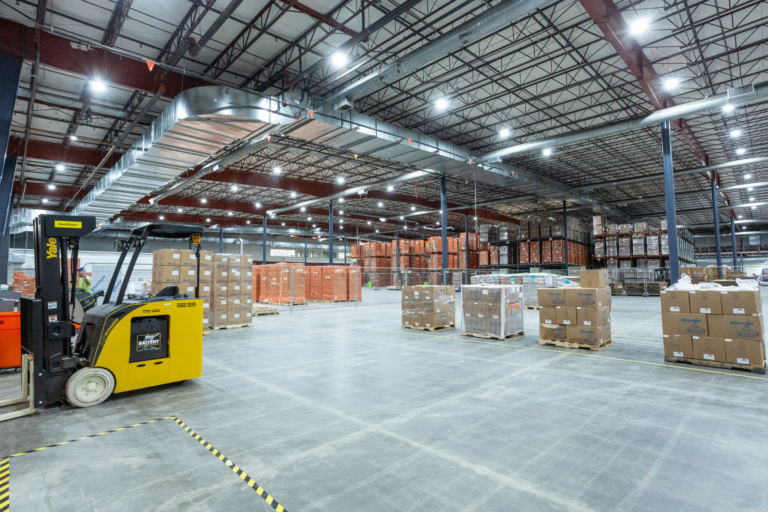At NextBeam we frequently hear some misconceptions about E-Beam safety. Being ever of service, it’s our duty to help clarify these misconceptions when we can! 😎
Here Are Our Top 5:
- “E-Beam isn’t safe”
- “There’s no way my device is radiation compatible”
- “I need gamma because E-Beam can’t deliver the DUR I require.”
- “E-Beam is too expensive for me to either validate or use in production”
- “E-Beam facilities are too few in number compared to Gamma and EO.”
E-Beam Misconceptions
1. “E-Beam isn’t safe”
The roots of this objection have been difficult to source, but it is an easy one to put down: E-Beam is absolutely safe, if not one of the safest modes of sterilization available. There are two aspects to safety which we’ll comment on:
- Safety to Workers and Communities – Electron beam is produced by a machine powered by electricity and does not use or create any radioactive material. The electron beam accelerator is safely contained inside a massive concrete bunker with walls up to 26 feet thick. The bunker is designed to contain radiation using industry standard radiation transport simulations, and radiation monitoring is performed to demonstrate that there is no difference between radiation levels outside the bunker with the accelerator on or off. Unlike Gamma irradiation, no radioactive material is utilized.
- Product Safety – The safety of electron beam sterilization of products is well established. For medical or pharmaceutical products, the same regulations apply regarding initial validation of processes and evidence of continued effectiveness during routine monitoring. Techniques for sterilization validation and dose delivery are the same as other radiation technologies. Product safety in radiation sterilization can be simpler than gas-based sterilization methods such as EO or VHP that have to consider risk of sterilant residuals remaining in the product after processing.
E-Beam Misconceptions
2. “There’s no way my device is radiation compatible”
Material compatibility is a very legitimate, if not critical, question for manufacturers to ask! Certainly, not all materials are radiation-compatible, and some medical devices in particular (e.g. catheters) tend to have materials, such as Teflon/PTFE that are known to be non-tolerant to radiation.
Additionally, the proliferation of electronics in single-used devices continues, so some devices tend to be incompatible with radiation processing if they incorporate energy storage devices (e.g. batteries and capacitors).
Fortunately AAMI’s TIR 17 offers an overview of the radiation performance of nearly 80 material families (mostly polymers) that are commonly used in medical devices and other industries. At NextBeam we have implemented a searchable summary of this database to assist manufacturers in understanding material compatibility.
Additionally, manufacturers such as Biocoat, Harland Medical Systems, and Surmodics are increasingly offering radiation-tolerant surface coatings with similar performance to PTFE.
E-Beam Misconceptions
3. “I need gamma because E-Beam can’t deliver the DUR I require.”
We have seen time and time again products qualified at sterilization doses of 25kGy and max dose of 40kGy. This is sure evidence of a Gamma validation, as the resulting DUR is all that is needed for a Gamma process. In many (most?) of these cases the 40kGy “max” was effectively arbitrary… and it is possible to verify higher max doses are acceptable, giving the product the opportunity to be qualified in E-Beam.
Even if the product has a true, hard maximum at 40kGy, adjusting the shipper box configuration can present a pathway to lower DUR, lowering depth or offering a better dimension through which to irradiate the product. For many devices with low bioburden originally validated with a 25 kGy sterilization dose it is also possible to achieve the same sterility assurance level at lower doses. This was difficult in the past for regulatory reasons as sterilization doses other than the familiar 25 kGy received more scrutiny, but the addition of other VDmax sterilization doses to the international standards for radiation sterilization have largely removed this obstacle.
E-Beam Misconceptions
4. “E-Beam is too expensive for me to either validate or use in production”
E-Beam sterilization validation is comparatively inexpensive and quick compared to an EO sterilization validation, primarily because E-Beam is a high-speed, highly serial process where relatively small amounts of product and E-Beam machine time are required for validation. A good estimate (2024) for total E-Beam validation cost is in the $10,000 range, and should take 2 months. EO validations can be expected to be twice as long and twice as costly (possibly more).
As for production costs: E-Beam sterilization is not optimal for all products, but for a many products that are radiation-compatible, the high processing speed of E-Beam can yield impressively economical processing results.
E-Beam Misconceptions
5. “E-Beam facilities are too few in number compared to Gamma and EO.”
This is a legitimate comment from the perspective of historical market share – EO and Gamma together have dominated the market (~50% and 40% of the market, respectively). However, in 2024 the EO industry has been beset by continued litigation as well as new EPA regulation that will need to be implemented over the coming two years.
Similarly, the growth of the Gamma industry is limited by supply of the highly radioactive Cobalt-60 (Co-60) isotope used to perform gamma sterilization. The limited number of nuclear reactors around the world that are able to produce Co-60, along with the slow place of change in the nuclear industry, suggests that material growth in Co-60 supply is not feasible over the next 5-10 years.
In contrast to the issues limiting the growth of both EO and Gamma, accelerator-based technologies such as E-Beam and X-ray, are growing. As of this writing, since 2020 we have seen the opening of 5 new large-scale E-Beam facilities in North America as well as 2 high-power X-ray facilities. We expect this growth to continue, with accelerator-based sterilization delivering the majority of new US sterilization capacity over the next 5 years.
Additional Articles We Think You Might Like
Have a question? Speak with a sterilization expert today, at your own convenience.





